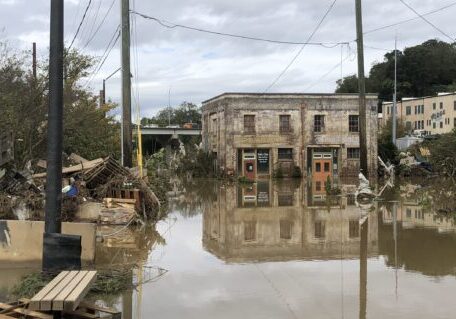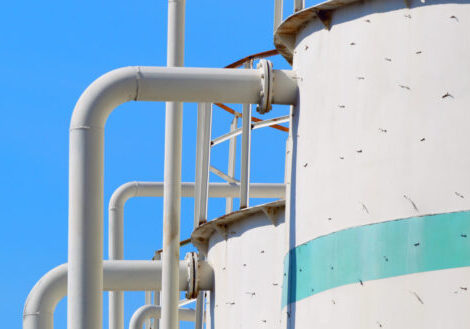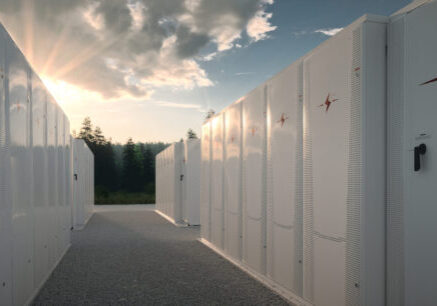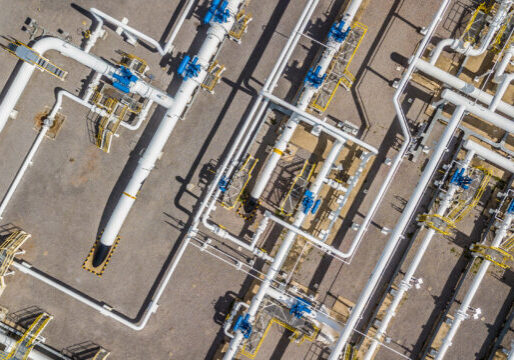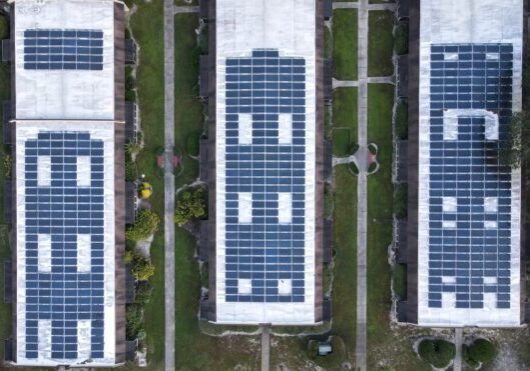April 4, 2014
UK Green Investment Bank invests for the first time in offshore wind projects during the construction phase
By Robert Sanders
The UK Green Investment Bank (GIB) today announced it will make two unprecedented equity investments in the UK offshore wind sector. GIB will purchase a 50% stake (£241 million, or $402 million) in the 210 MW Westermost Rough offshore wind farm. GIB will also purchase a 10% share in the 576 MW Gwynt y Môr offshore wind farm, a €2 billion ($2.76 billion) project involving 160 wind turbines. Both of these projects represent institutional equity investment of nearly $700 million in large offshore wind projects during the construction phase. Additionally, Westermost Rough will be the first wind farm in the world to use a 6 MW offshore wind turbine at commercial scale.
This is a significant development. Investment during the construction phase represents additional risk that is not usually undertaken by institutional investors. These risks include delays and losses incurred when installing equipment under adverse weather conditions, the quality and reliability of metocean data (including wind, waves, tide and swell conditions), and difficulties installing offshore cable. Indeed, most insurance claims and project delays are linked to the cable installation process.
To date, the UK Green Bank has invested in existing projects, recapitalizing existing debt of investors, allowing them to take out and reinvest their capital in other projects. Now for the first time, GIB, a for-profit green bank, is making equity investments in two large offshore wind projects during the development and construction phase, when the risk is greatest. GIB’s construction phase investments were structured on commercially reasonable terms and without additional credit enhancement. They testify to the increasing comfort investors and lenders have in the construction and operation of large offshore wind projects in Europe, and with the experience and financial strength of the various project counterparties involved.
Taking construction risk by investing before the project is operational is a precedent of great significance to our fledgling US offshore wind sector. Domestically, all we have is development and construction risk since there are no operating offshore wind projects at this time. The GIB investments are a major financial engineering advance that has particular importance to the US OSW policy agenda and to the green banks and state clean energy funds here in our own country.
There are important lessons to be learned from GIB as we work to support our first utility scale offshore wind projects. Having examples of early stage investors refinancing their initial investments in offshore wind projects on commercially reasonable terms is essential if additional institutional investors are going to take positions in new projects. This financial innovation, together with the commercial deployment of a 6 MW wind turbine – nearly twice the size of most offshore turbines – are very important steps in reducing the costs of offshore wind construction and power generation. Our emerging U.S. offshore wind industry is the direct beneficiary of these financing and technological strides being made in the UK.
For more detailed information on the UK GIB deal, click here.
Associated CEG Initiative(s)
Sorry, we couldn't find any posts. Please try a different search.





